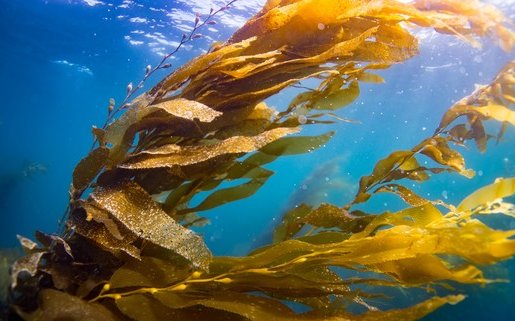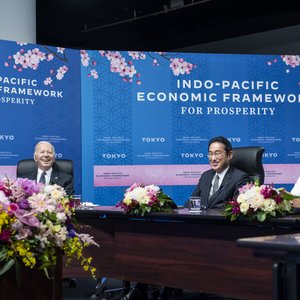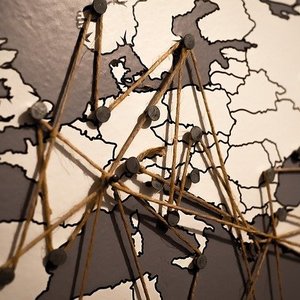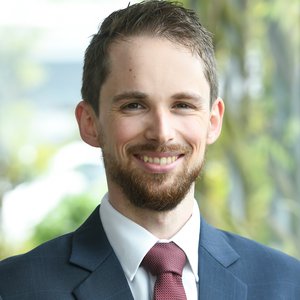NOAA Fisheries published a Notice of Intent in the Federal Register announcing the preparation of the Southern California Aquaculture Opportunity Area Programmatic Environmental Impact Statement. This Programmatic Environmental Impact Statement seeks to assess the impacts of identifying one or more Aquaculture Opportunity Areas in Federal Waters of the Southern California Bight.
NOAA Fisheries is leading this effort in partnership with the United States Army Corps of Engineers (USACE) Los Angeles District, the United States Coast Guard (USCG) District Eleven, and the Environmental Protection Agency (EPA) Region 9, which will be cooperating agencies on the Programmatic Environmental Impact Statement. Other agencies may opt to join as cooperating or participating agencies as the process moves forward.
The Notice of Intent initiates a formal 60-day public scoping period for the Programmatic Environmental Impact Statement that will close on July 22, 2022. During this time, NOAA Fisheries will be seeking public comments to inform the scope and content of the Programmatic Environmental Impact Statement. Public comments can be submitted in writing as well as during two virtual public meetings that will be held on June 27 and July 11, 2022. Information and instructions on how to submit comments can be found on the NOAA Fisheries West Coast Region AOA Public Scoping Meetings page.
The comments received during scoping will play a key role in helping NOAA Fisheries and the cooperating agencies determine the scope of the Programmatic Environmental Impact Statement.
NOAA Fisheries and its federal partners will use feedback from the public - including industry, states, local communities, tribal governments, commercial and recreational fishing organizations, fishery management councils, the environmental NGO community, and other key stakeholders - to determine the number and location of alternative AOAs and the range of aquaculture types and systems we evaluate in the Programmatic Environmental Impact Statement.
More information here.













